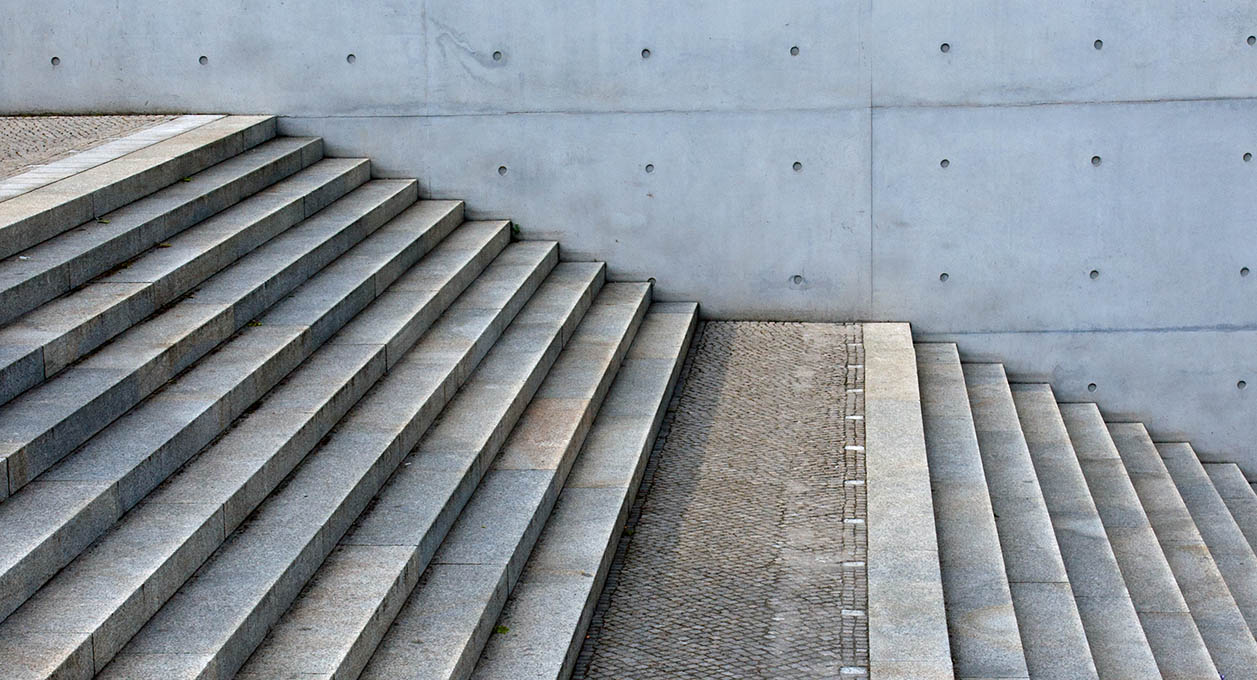To put a number on it, there are over 10-15 different types of concrete used nowadays. This is more than what a small construction crew will likely ever need, but each type is essential for large scale construction companies that operate on multiple levels.
Before we get down to discussing details regarding the surprisingly high number of variations in concrete, it’s important to understand exactly why so many variations are there in the first place. Otherwise, all of it will seem pretty much pointless!
Why are there So Many Different Types of Concrete in the Construction Business Today?
Concrete is an umbrella term, and each different type of concrete has certain strengths and weaknesses, which make them perfect for some projects and inadequate for others. The kind of concrete a contractor will need is based on multiple criterions, some of which we have listed below.
- Materials used to produce the concrete
- The formula and design of the mix
- Construction specifications
- Construction methods
- Nature of the construction
- The space to be filled
- The allocated budget
- The geographical location
There are other criteria and requirements that help businesses decide what kind of concrete they need as well, but these are more or less the main ones. Based on these criteria, a contractor chooses the concrete they need. We have highlighted some of the most used types of concrete next, along with a few that will provide you with the highest quality concrete.
Plain Concrete or Normal Strength Concrete
Plain concrete doesn’t have any reinforcement agents mixed in it, meaning that cement, aggregate, and water is mixed in 1:2:4 ratio to produce plain concrete. Although variable, check out some of the most common and usual attributes of plain concrete below.
- Density: 2,200 kg – 2500 kg/m3
- Compressive strength: 250 – 500 kg/cm2
- Use: Pavements and residential buildings when the budget is low and the need for tensile strength is not a priority
Reinforced Concrete
Plain or normal strength concrete has excellent compressive strength but lacks tensile strength. Reinforced concrete, on the other hand, has impressive tensile and compressive strength simultaneously. Steel fibres, steel rods or steel mesh are generally used to add tensile strength to normal concrete, turning it into reinforced concrete, which is much more durable.
Ready Mix Concrete
Ready mixed concrete can produce the best quality of concrete possible because the process potentially has no limit to what it can help the builder achieve. Not only can ready mix concrete be of the highest quality, but it can also be produced in any form or type the builder desires (plain, reinforced, polymer, etc.). Most importantly, the builder or civil engineer can give a proprietary formula to the ready mix provider to get exactly the kind of concrete they are looking to work with.
However, the use of a concrete mix calculator, also known simply as a concrete calculator is necessary, if you wish to use ready mix for your construction effectively. MixIt provides a screed calculator, as well as a concrete calculator that UK contractors and builders rely on heavily for making those crucial calculations. Once you have a near accurate estimation on the numbers you need, consult with the experts for delivery and guidance, in accordance with your project’s specific requirements.
Prestressed Concrete
Prestressing is expensive and requires a skilled labour force that knows how to stress the bars and then place the pretensioned bars into the concrete at the right time. Therefore, it can be quite expensive, but due to the massive compressive and tensile strength it provides to the concrete, pretensioned concrete is reserved for making public structures such as bridges, overpasses, and large roofs with long spans on commercial buildings or skyscrapers.
Polymer Concrete
Polymer concrete essentially substitutes cement from the mix with polymer to reduce the voids. Due to the reduction of voids in polymer cement, the mix can use much less of the stuff, as compared to cement, and still bind the aggregates together. There is no denying that polymer is a lot stronger than cement, but the binder is also a lot more expensive. Whether you choose to use it or not will depend on your budget and the actual need for tensile strength in the project because unnecessary use of polymer can prove to be very expensive.
Instead of going through every one of the concrete types, we decided to highlight the most commonly used and the most useable concrete types here. However, just in case you want to learn about all the other types of concrete as well, you may also want to search for information regarding pervious concrete, shotcrete concrete, pumped concrete, vacuum concrete, stamped concrete, roller compacted concrete, glass concrete, self-consolidated concrete, air-entrained concrete, and lightweight concrete.




